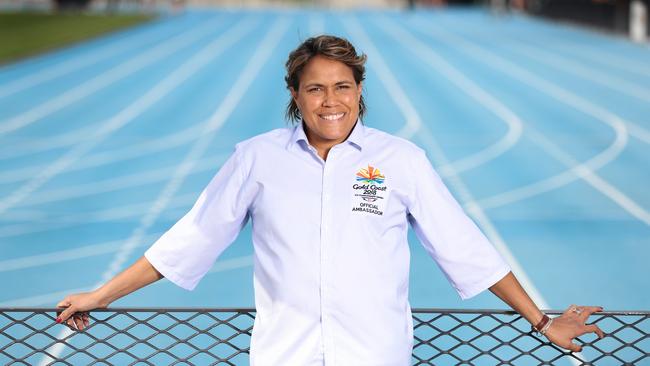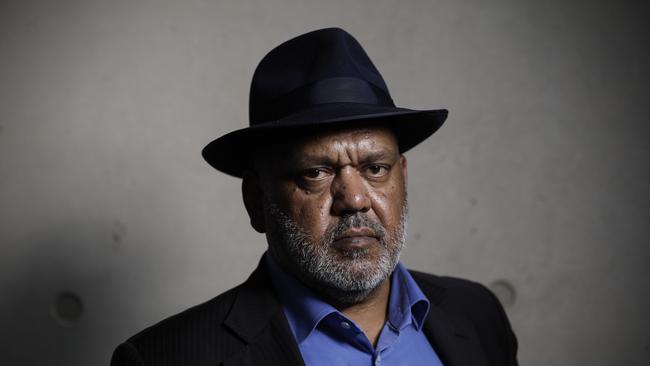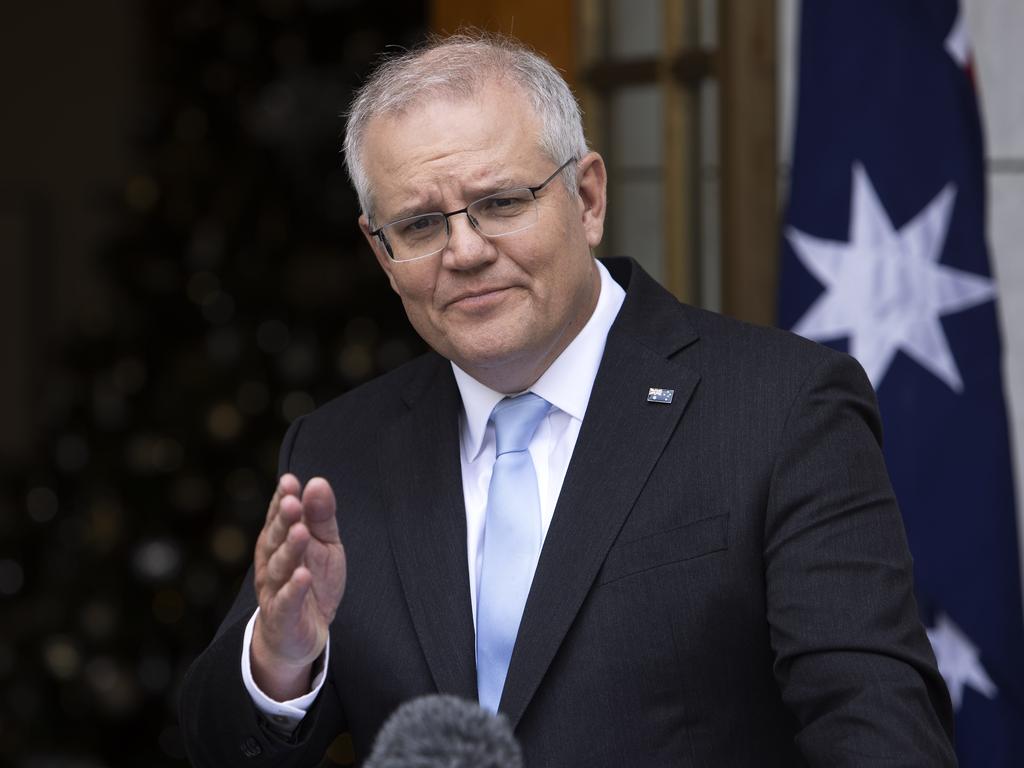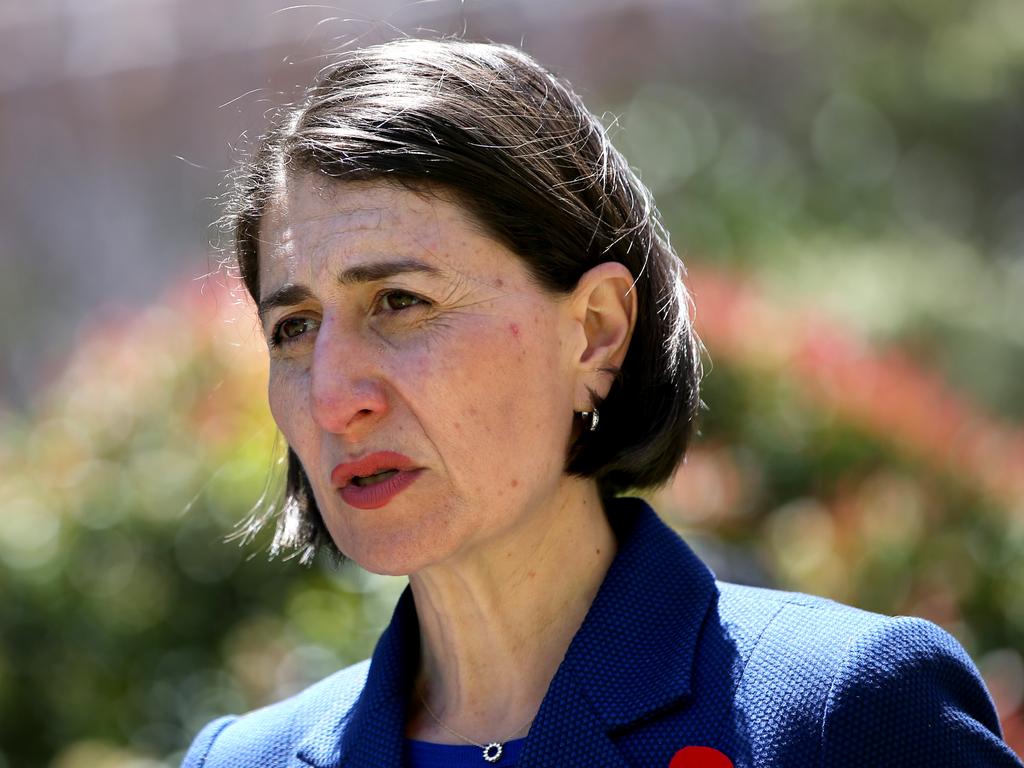Anthem change splits Indigenous community into yeas and nays
There are mixed views amongst Indigenous Ausralians about an announcement by Scott Morrison to change the national anthem.

Sydney Olympic Games hero Cathy Freeman was among the first to back Scott Morrison’s announcement that he had altered the Australian anthem by removing the lyric “we are young and free” and replacing it with “we are one and free”.
“What a way to start the year! A phone call from our Prime Minister to say we are “One and Free”! Thank you!” an excited Freeman wrote on Twitter on Friday.
The 400m Olympic champion was among prominent Indigenous Australians contacted by Mr Morrison after he authorised the lyric swap on Thursday. Freeman had joined in the calls for the change in February. So did prominent broadcaster Alan Jones.
Changing the anthem was one aim of a campaign by Victorian Supreme Court judge Peter Vickery and four Indigenous Australians — opera singer Don Bemrose, NSW elder Sue Bulger, former school principal Chris Sarra, and medical doctor Martin Haskett.
“I’ve already been encouraged by the strong response from Australians right across the country — Indigenous, non-Indigenous, people of all different backgrounds, people of all different political views,” the Prime Minister said on Friday.
“I think that it very much sits in the mainstream of where Australia would like us to go.”
In November, NSW Liberal Premier Gladys Berejiklian put a change from “young” to “one” on Mr Morrison’s agenda.
She argued for the altered lyric as speculation grew about whether the NRL State of Origin’s Indigenous stars would stay silent during the pre-match anthem.
Indigenous Australians Minister Ken Wyatt on Thursday described the change as “real reconciliation” in an essay published by The Australian online.
Mr Wyatt wrote that the simple but important change to the anthem acknowledged the success of the world‘s longest-living continuous culture, as well as the impact of European settlement and the richness of the more recent multicultural Australian society.
However, the change was met with disappointment from some quarters that Mr Morrison had prioritised a symbolic change over the substantive reforms that Indigenous Australians called for in the 2017 Uluru Statement from the Heart. That document, based on a dialogue with 1200 Indigenous people around Australia, asks for a constitutionally enshrined voice to parliament.
The Morrison government is working towards a legislated voice, though the ultimate form of the voice is due to be decided after public consultations this year.

In a withering written statement, Cape York Institute director and founder Noel Pearson told The Weekend Australian: “This change to the national anthem is trivial and meaningless. It was proposed by Premier Berejiklian as a diversion from her corruption scandals. There was no sincerity motivating it,” he said.
“In any case this was never a priority. The priority since 2017 has been addressing the Uluru Statement from the Heart.
“The change from young to one is a marketing triumph, but there is no substance to it.
“What’s more amazing than the descendants of the colonisers proposing such a nonsense is that some descendants of the colonised would greet such beads and trinkets as if they were proffered gold.
“It shows how degraded our situation is when we would treat such a trite gesture so kindly.”
Professor Megan Davis, the Balnaves chair in constitutional law at the University of NSW, said the anthem change was a distraction as Australia entered a second decade of work towards constitutional recognition of Indigenous Australians. Professor Davis, a Cobble Cobble woman from Queensland, designed the dialogues that resulted in the landmark Uluru statement.
“Most mob don’t sing the anthem, but all mob are acutely impacted by the Constitution,” Professor Davis said.
“Australians are invested in substantive change from the Uluru Statement and a protected political voice, not more symbolism. The anthem is a distraction from the business end of a serious law-reform agenda.”






